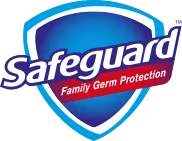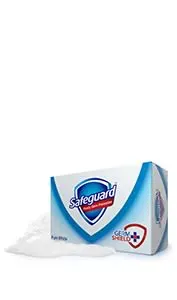- Home/
- Health Education/
- Germ & Infectious Disease/
How to Identify and Help Prevent Flu
How to Identify and Help Prevent Flu
SHARE
What Is Flu?
Influenza, or flu for short, is an extremely contagious viral illness that attacks your respiratory system (nose, throat, and lungs). It shares many of its symptoms, such as a stuffy nose and sore throat, with the common cold, but tends to be more serious. Cold symptoms arrive more slowly than their flu counterparts, developing gradually over one or two days. These symptoms can include:
- Sneezing
- Runny or stuffy nose
- Sore throat
- Cough
Flu symptoms tend to develop around 24 to 48 hours after you’ve been exposed to the infection. These symptoms can include:
- A sudden fever
- Shivering
- Headache
- Dry, chesty cough
- Aching muscles
- Fatigue
- Sore throat
What Causes Flu?
As with colds, virus-related germs cause the flu. The flu virus spreads when people infected with the virus cough and sneeze, emitting droplets of fluid that non-infected people breathe in. These flu germs can also live on things, such as tissues, door handles, and unwashed hands for as long as 48 hours or more.1
How Can Safeguard Help Prevent Flu?
Good hygiene, especially washing your hands, is important when it comes to preventing the spread of flu. While all soaps help remove virus-related germs during hand washing, no soaps keep virus-related germs away afterwards. This is why frequent hand washing throughout the day is one of the best methods for flu prevention. Here are other ways you can help keep your family protected from the flu:
- Regularly clean surfaces to get rid of germs.
- Cover your mouth and nose with tissues when you cough or sneeze.
- Put dirty tissues in the trash or flush them down the toilet.
- Ask your doctor about flu vaccines in your region.
If flu germs are lurking around, chances are good that other infections are, too. Learn how Safeguard with GermShield+ protects against more germs longer than any other antibacterial soap. 1 http://www.mayoclinic.org/diseases-conditions/flu/expert-answers/infectious-disease/faq-20057907





